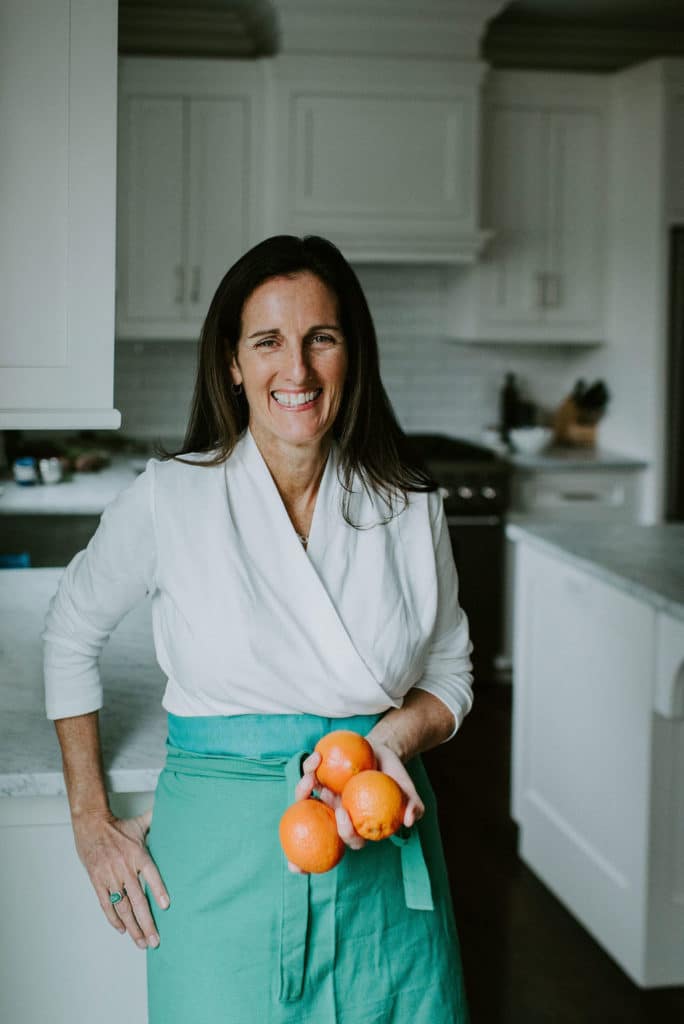We need to get onboard with food upcycling. Food trends come and go but upcycling is here to stay, and for good reason. A few weeks back I posted my recipe for Radish Greens Pesto, as a way to show how to use all of this lovely, in-season vegetable.
We are in a critical time when it comes to the environment, and food waste is an obvious culprit. We throw out about 2000 pounds of food, per person, every year. Being a steadfast proponent of composting and using as much as you can from your produce, learning to upcycle your food is essential right now.
Here’s everything you need to know about upcycling and how you can make your contribution to a healthy environment.
What Exactly is Upcycling Foods?
Upcycling food is using all the parts of a fruit or vegetable that would normally be thrown out or that you might not consider using. Beet greens are one example of upcycling. Are you aware that the beet tops are edible? Many people don’t ever consider that the tops of the beets can be sautéed or eaten in salads. A few more fun facts you will eventually become familiar with: did you know that banana peels are totally edible? So are kiwi skins, orange peels and watermelon rinds. Some more exploration and recipes coming.
Why Upcycle Food?
This might be obvious now. The planet needs us to step in and start getting responsible with food. I abhor food waste, especially when we have options for some very common items like fruits and vegetables. We have options environmentally healthy options to deal with a lot of our food scraps. Upcycling foods is not as hard as you think. My number one way to upcycle my food scraps after cooking with them is to compost. More details below.
Are There Food Companies That Upcycle Foods?
Yes, and upcycling is becoming big business. When fruits or vegetables get bruised or grow too big or too small, they are not ready for their grocery store debut they have typically ended up in the garbage. You can purchase boxes of produce that are perfectly fine to eat but just don’t have the look. Check out companies such as Misfit Market or Imperfect Foods for less than perfect but totally fine produce and groceries, and other food companies benefiting from the skins, peels and seeds of upcycled foods
How Do I Start to Upcycle My Food?
The first, and most obvious way to upcycle food is to compost your kitchen scraps. Composting is simply keeping a pile of food and allowing it to turn into dirt. That dirt turns into beneficial nutrient filled soil that can eventually be turned back into your garden. But what if you don’t have a garden, or a yard to create a pile of dirt? There are companies that will come pick up your scraps.
The second most important way is to start thinking of produce from a “stem to root” perspective. Making stock or bone broth from vegetable peels and chicken bones, oven baking potato peels, fermenting certain vegetables, making cauliflower or broccoli rice with the stems or blending pestos with extra herbs are a few of my favorite ways to use every bit of fruits and veggies.
Where Can I Get More Inspiration on Upcycling?
One way to really lean into the season and learn how to use seasonal local foods around you is to join my Summer Inspired Recipe Club. Every week we will be highlighting an in-season fruit, vegetable or herb and you will get five weekly recipes and ways to use them. There will also be important information on how to use the produce in creative different ways. The SIRC lasts for 8 weeks with 40 recipes that you get to keep forever. We will check in occasionally on Zoom and even meet up for a food demo. It is a healthy, fun way to spend your summer, you don’t want to miss out. Click HERE for all the information, we start June 30th!





